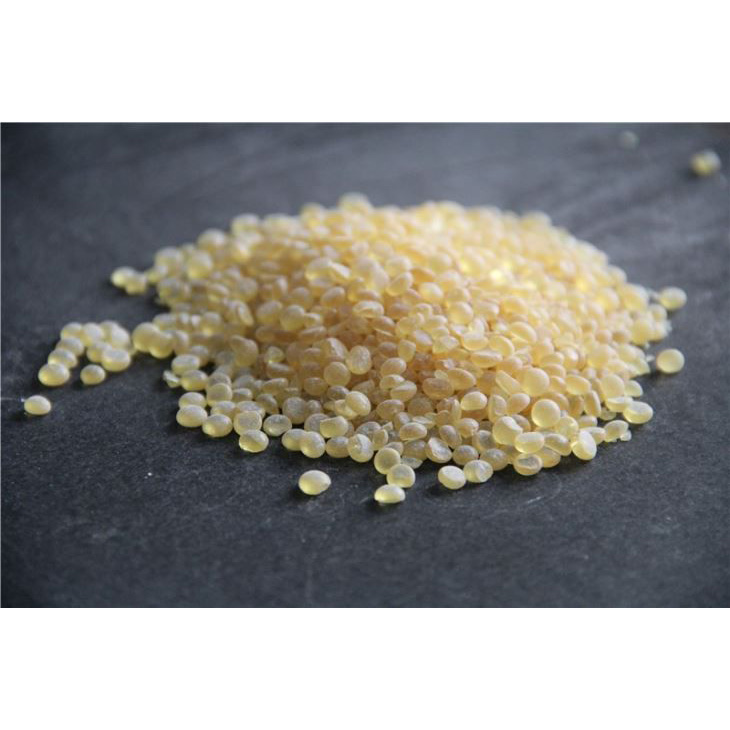Unveiling the Chemistry: Primary Components and Chemical Structure of Copolymerized Hydrocarbon Resin
2024-07-02
Copolymerized Hydrocarbon Resin is a versatile material that plays a crucial role in various industrial applications, including adhesives, coatings, and sealants. Understanding its primary components and chemical structure is essential for appreciating its unique properties and functionalities. This blog delves into the fundamental aspects of Copolymerized Hydrocarbon Resin, highlighting its composition and molecular architecture.
The Basics of Hydrocarbon Resins
Hydrocarbon resins are synthetic polymers derived from the polymerization of unsaturated hydrocarbons. They are widely used due to their excellent adhesive properties, compatibility with other polymers, and ability to enhance the performance of end products. Copolymerized Hydrocarbon Resins are a specific type of hydrocarbon resin that results from the copolymerization process, where two or more different monomers are combined to form a polymer.
Primary Components of Copolymerized Hydrocarbon Resin
The primary components of Copolymerized Hydrocarbon Resin include various monomers and additives that determine its final properties. Key components typically involve:
1. Monomers: These are the building blocks of the resin. Common monomers used in Copolymerized Hydrocarbon Resins include:
- C5 Hydrocarbons: Derived from the cracking of petroleum naphtha, these hydrocarbons (such as isoprene and piperylene) are essential for creating the polymer backbone.
- C9 Hydrocarbons: These hydrocarbons (such as indene and styrene) are also derived from petroleum and contribute to the resin's aromatic structure.
2. Catalysts: Catalysts are substances that facilitate the polymerization process without being consumed. They help control the reaction rate and molecular weight of the resulting polymer.
3. Stabilizers: These additives are used to enhance the stability and shelf life of the resin by preventing degradation due to heat, light, or oxygen exposure.
Chemical Structure of Copolymerized Hydrocarbon Resin
The chemical structure of Copolymerized Hydrocarbon Resin is defined by the arrangement and linkage of its monomers. The copolymerization process involves the following steps:
1. Polymerization Initiation: The process begins with the initiation of polymerization, where a catalyst activates the monomers. This step creates active sites on the monomers, allowing them to react with each other.
2. Chain Growth: Monomers link together through a series of addition reactions, forming long polymer chains. The specific arrangement of C5 and C9 hydrocarbons in these chains gives the resin its unique properties.
3. Chain Termination: The polymerization process is terminated when the active sites are deactivated, either naturally or by adding a terminating agent. This step determines the final molecular weight and structure of the polymer.
4. Cross-Linking: In some cases, cross-linking agents are added to create a three-dimensional network of polymer chains. This enhances the mechanical strength and thermal stability of the resin.
Key Properties Resulting from the Chemical Structure
The chemical structure of Copolymerized Hydrocarbon Resin imparts several key properties, including:
- Adhesion: The specific arrangement of monomers provides excellent adhesive properties, making the resin ideal for use in adhesives and sealants.
- Compatibility: The resin's structure allows it to blend well with other polymers, enhancing the performance of composite materials.
- Thermal Stability: The aromatic rings from C9 hydrocarbons contribute to the resin's ability to withstand high temperatures without degrading.
- Flexibility and Toughness: The combination of C5 and C9 hydrocarbons results in a balance of flexibility and toughness, making the resin suitable for various applications.
Conclusion
In conclusion, Copolymerized Hydrocarbon Resin is a complex material with a carefully designed chemical structure that includes C5 and C9 hydrocarbons, catalysts, and stabilizers. The copolymerization process creates a unique arrangement of monomers, resulting in a resin with excellent adhesion, compatibility, thermal stability, and mechanical properties. Understanding these primary components and their interactions is crucial for leveraging the full potential of Copolymerized Hydrocarbon Resin in industrial applications.



